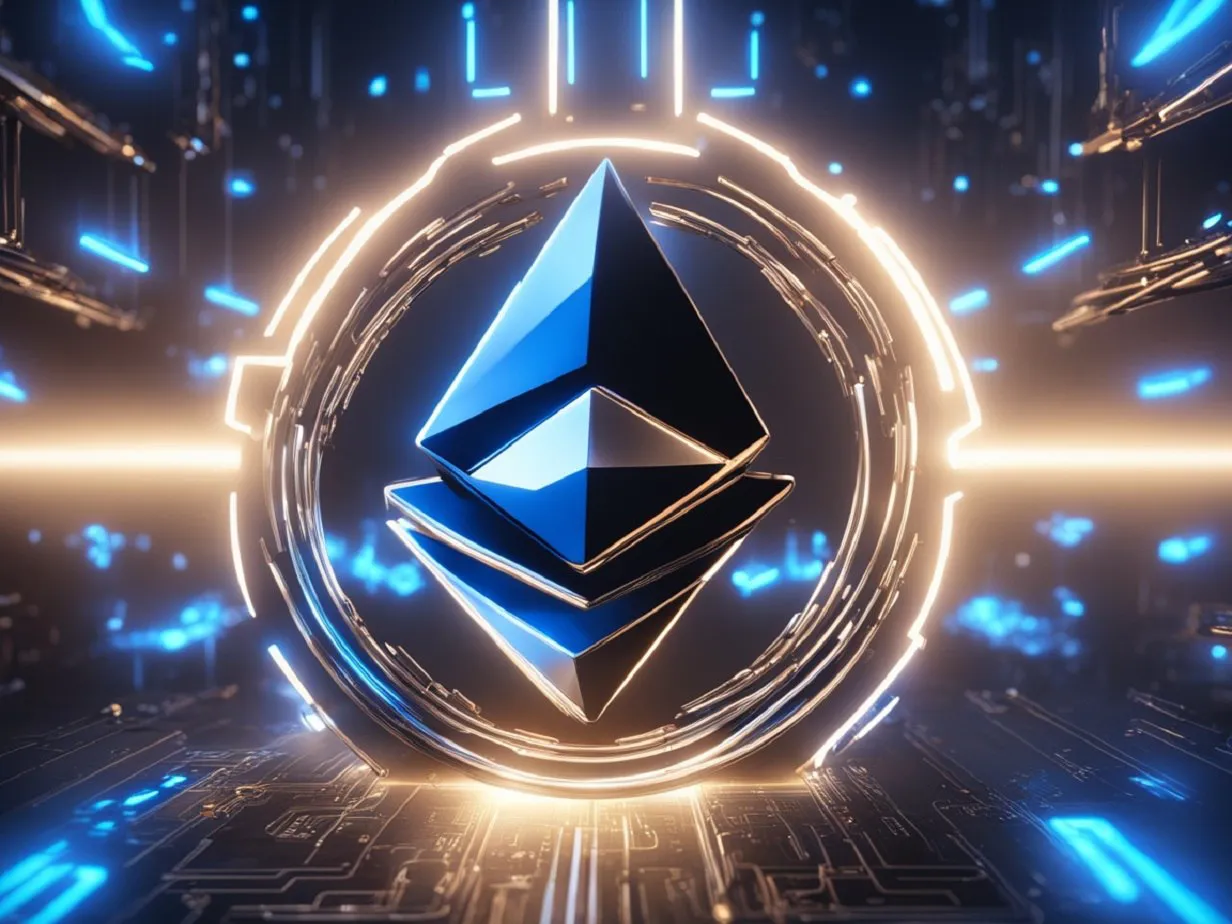Ethereum (ETH) is the undeniable supporting layer of multiple protocols. Recently, L2 protocols have expanded regarding transactions and fees coming from decentralized apps. Not all L2 are equal, though; some gain much more liquidity based on flows from Ethereum.
The inflows to L2 may be due to bridging and large whales moving their assets to the most active DeFi locations. The topmost chains take up a significant part of that traffic. Lesser projects may boast compatibility and a link to the Ethereum ecosystem but receive a lower share of stablecoins, the ETH, and tokens.
After the recent statement by the US Securities and Exchange Commission that ETH is a commodity and will no longer be investigated as an unregistered security, the move to Layer 2 projects may accelerate.
Giving ETH the status of a commodity opens the door for more DeFi activity without worrying about turbulence and liquidations.
ETH also quickly recovered its market price, returning above the $3,500 support level. During the latest market dip, ETH slid to only $3,400 and quickly recovered, supported by the USDT in its ecosystem and demand for tokens on a deflationary network. Both crowd traders and smart money show bullish indicators for Ethereum (ETH).
L2 chains receive the most inflows from Ethereum
A clear list of winners has emerged during the 2024 market boom, with a new set of leading L2 solutions. The inflows are self-enforcing as more funds seek out pools, DEX, and liquid protocols.
Ethereum holds $10B in value during the current cycle to be redistributed to top L2 protocols. The flows to incompatible chains remain much smaller, but even EVM chains are in harsh competition to gain more inflows and lock in value.
Read: Arbitrum price prediction 2024 – 2030: ARB breaks key barrier
Arbitrum is the top protocol that draws in more than 35% of all inflows from Ethereum at $3.62B. Not all inflows end up in DeFi, as Arbitrum carries $2.96B in value through its DEX and other protocols.
The quickly growing Base and ZKSync are now trending and quickly catching up with the inflows. Base aims for mass adoption and is among the biggest creator of smart wallets, which bring easy cross-chain compatibility.
Crypto users and traders are still seeking seamless ways to use the Ethereum ecosystem, while avoiding the high fees, and Base is among the most popular solutions. Telegram, a hot chain with growing users, still has no reports on inflows from Ethereum.
Optimism, Sui, and StarkNet are the next tier of projects actively growing their liquidity. Polygon and Avalanche, a legacy from the previous boom cycle, are the last significant recipients.
DeFi boosts flows between blockchains
One of the main reasons for the flow of these chains is still the leading DEX Uniswap and, in some cases, Aave. Smaller chains with lower inflows take their value from stablecoins like Circle. Despite building native versions of most apps, L2 protocols still require bridging to use key stablecoins or other ERC-20 tokens.
Also read: Trader Joe Launches New DEX ‘Merchant Moe’ for Mantle Network
Ethereum still communicates with the non-EVM networks, Binance Smart Chain and Solana, but the inflows are around $410M. $282M go to the Solana network, and $128M move into BSC, mostly for bridging tokens or other relatively small swaps.
Most of the Ethereum ecosystem’s value remains locked, and there are no automated swaps between the supply of stablecoins on different networks. Despite multi-chain claims, most DeFi, Web3, NFT, and other activities remain relatively encapsulated by big ecosystems.
As of 2024, most L2 projects have found solutions to scale transactions and have almost no traffic limitations. Some networks may have problems with nodes and consensus. With the technology in place, most L2 now compete for value and the presence of traders to boost liquidity and activities.
The Ethereum ecosystem already holds more than $61B in value, though still far from its peak in 2021, when DeFi expanded to above $100B. The Ethereum network is now recovering from the fallout of FTX, which caused losses and loss of trust for most lending and staking protocols.
Cryptopolitan reporting by Hristina Vasileva





